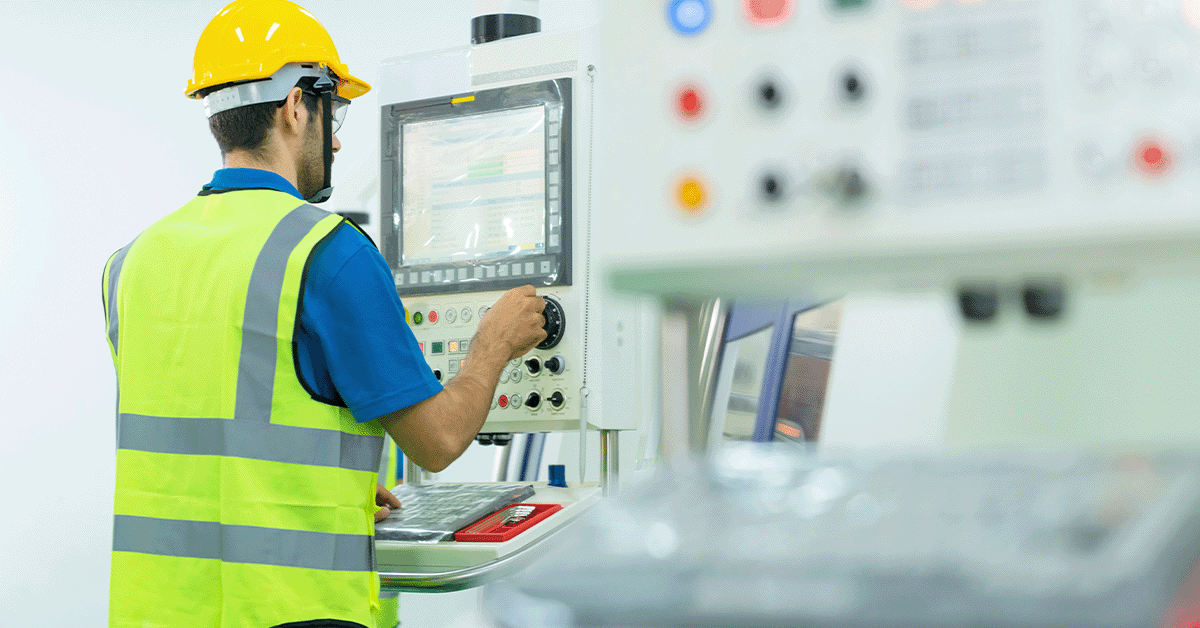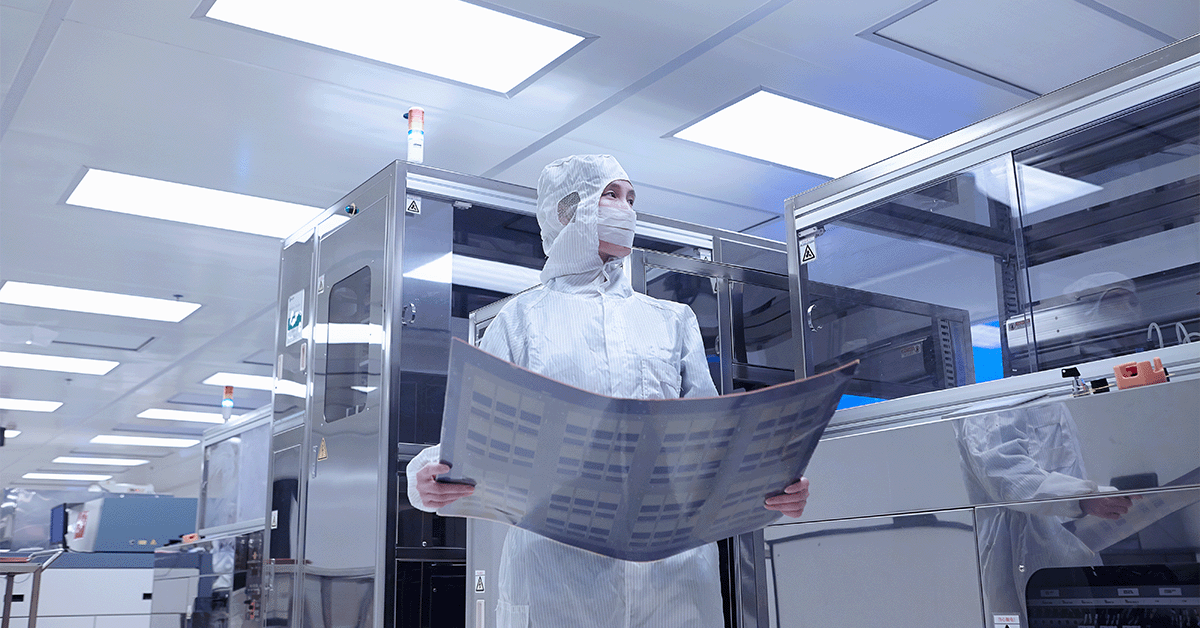*This post is part of a much larger pillar blog: The Complete Guide to Controlled Environments
Introduction
After you construct a controlled environment, it’s crucial to maintain its integrity through constant maintenance and monitoring.
In this blog, we’ll go into the significance of controlled environment monitoring and logging systems, provide insights into different monitoring options, and highlight the importance of proper logging practices.
Understanding Controlled Environment Monitoring
Like we mentioned previously, controlled environment monitoring is essential for maintaining optimal conditions and mitigating potential risks.
The key parameters that are important to monitor are particle count, temperature, humidity, and differential pressure.
In the next few paragraphs, we’ll explore the most common options for monitoring these parameters.
Real-Time Monitoring
Real-time monitoring systems continuously collect data and provide immediate feedback through a digital interface on the front of the device.
They offer a comprehensive overview of cleanroom conditions and enable prompt response to any excursions from baseline. The primary benefits of using this system include enhanced process control, early detection of issues before they become a problem, and improved quality assurance.
Real-time monitoring systems can be enhanced through the use of graphics and facility floor plans to aid the end user experience.

Alarm Monitoring
Alarm-based monitoring systems notify users when specified parameters deviate from acceptable ranges (ex: when pressure is too high/low in the cleanroom).
These systems offer flexibility in setting customizable alerts, ensuring timely responses and proactive problem-solving.
These alarms can be audio or visual, and will alert users in the event of a parameter excursion from baseline.
[elementor-template id=”3105″]
Understanding Controlled Environment Logging
Controlled environment logging refers to the systematic and organized recording of monitoring data over time. It enables the creation of historical records, trend analysis, and identification of patterns or recurring issues.
A number of factors, including outdoor air conditions and varying behavior of individual operators within the room could cause the controlled environment to be out of spec.
Having this historical data set is crucial for documentation, traceability, and compliance purposes.
It is extremely important for the end user to understand any regulations or requirements for their controlled environment logging procedures, such as CFR Part11 to ensure data integrity.
What options exist for logging this data?
Local Storage Logging
Local storage logging is the process of data being stored inside the monitoring device, most commonly onto hard disks or flash memory devices such as SD cards.
Using this logging system can be beneficial if you want immediate access to data and don’t want to rely on external systems.

Local Server Logging
Like local storage, local server logging occurs inside of your facility. The difference is, the monitoring data is stored on a managed server.
Local server logging is great if you want to integrate the data set with other information your company stores. It’s also very easy to retrieve this data, and it’s more secure than housing the data on a hard disk in the device itself. However, there’s increased cost associated with this solution.
Another advantage of using server logging is the larger storage volume capabilities. Local storage is limited by the storage or memory hardware of the logging device, whereas server memory is significantly larger, enabling longer periods of data retention.
Web-Based Logging
Web-based logging is when you store your data set on the cloud.
Considered the most safe and flexible storage solution, using the cloud allows your data to be accessed on any web browser, any time, making this option great for larger companies that have multiple manufacturing locations that need to be monitored at the same time.
In addition to real-time data access, this logging solution also provides scalability and ease of data backup.
When integrated with a remote controls solution, real-time controlled environment troubleshooting can be done remotely.
This is the best way to get your room back in spec and avoid the delay of a service call.
This is the logging solution we recommend for all of our clients.
Conclusion
In summary, controlled environment monitoring and logging are essential components of maintaining controlled environments due to their ability to measure variables unseen by the human eye.
Real-time monitoring and alarm-based systems offer distinct advantages, and selecting the right solution requires careful consideration of specific needs.
Additionally, implementing proper logging practices ensures accurate and secure recording of monitoring data.
By leveraging the appropriate monitoring and logging options, organizations can enhance cleanroom performance, optimize processes, and comply with regulatory requirements.
If you need help with monitoring and logging your cleanroom’s data, contact us.

